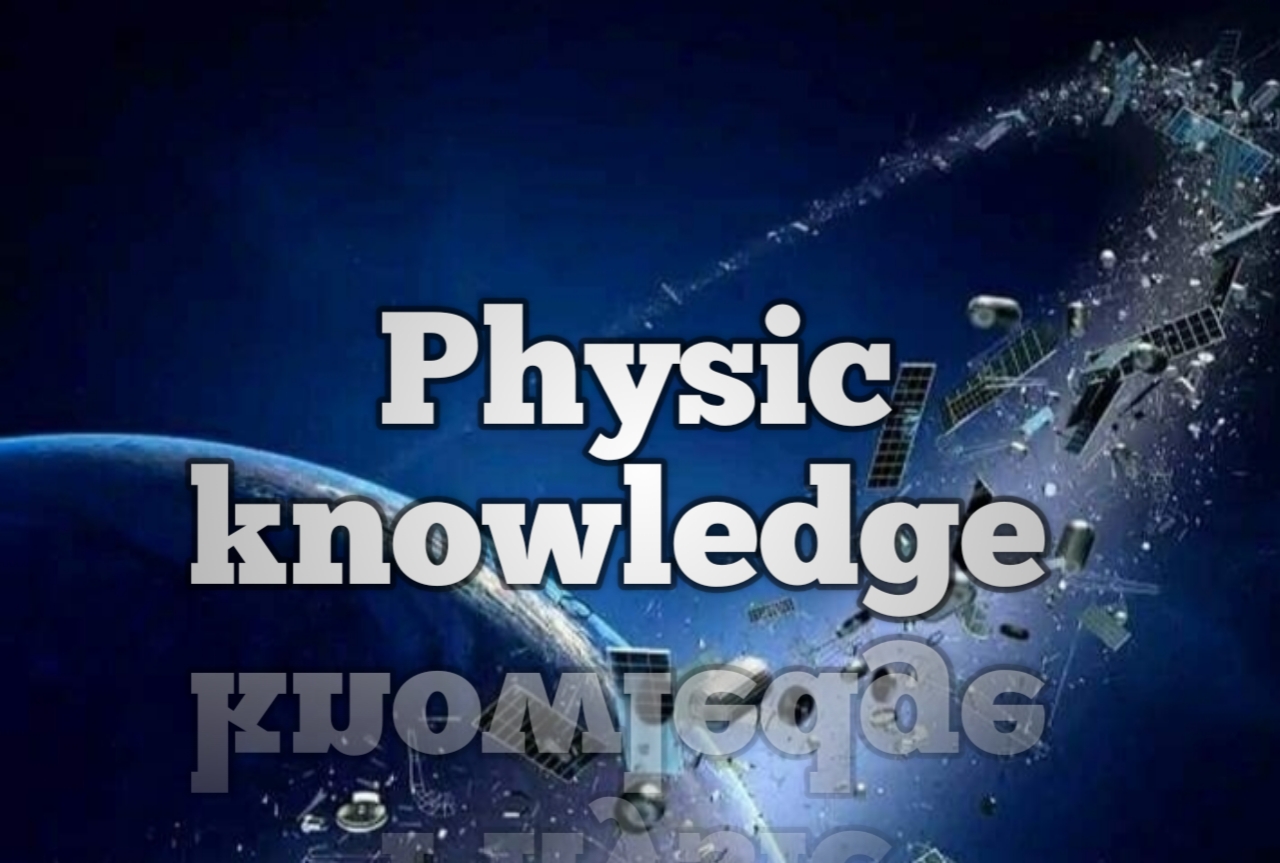To study the Spectral Lines of Hydrogen atom by Zeeman effect
Introduction:
The Zeeman Effect, discovered by the Dutch physicist Pieter Zeeman in 1896, refers to the splitting of spectral lines observed when the source of light is placed in a magnetic field. This phenomenon is particularly significant in the study of atomic spectra, providing insights into the structure and behavior of atoms. Hydrogen, being the simplest atom with only one electron, serves as an excellent candidate for studying the Zeeman Effect. When hydrogen emits or absorbs light, it produces a series of discrete spectral lines, each corresponding to a transition of the electron between quantized energy levels. In this experiment, we aim to investigate the Zeeman Effect on the spectral lines of hydrogen atom by subjecting it to a magnetic field. By analyzing the resulting spectral line splitting, we can deduce information about the magnetic properties and energy levels of the hydrogen atom.
Apparatus: 1. Hydrogen discharge tube 2. Power supply 3. Magnetic field source (e.g., Helmholtz coils) 4. Spectrometer 5. Ruler or calipers for measurements
Procedure: 1. Set up the experimental apparatus in a darkened room to minimize external light interference. 2. Ensure that the hydrogen discharge tube is aligned properly with the spectrometer. 3. Gradually increase the current through the Helmholtz coils to generate the desired magnetic field strength. 4. Observe the spectral lines produced by the hydrogen discharge tube without the magnetic field and record their positions. 5. Introduce the magnetic field by adjusting the current through the Helmholtz coils and observe the changes in the spectral lines. 6. Record the positions of the split spectral lines for different magnetic field strengths. 7. Repeat the measurements for varying magnetic field strengths and orientations. 8. Calculate the wavelength shifts and energy differences corresponding to the observed spectral line splitting.
Calculation
Conclusion: The Zeeman Effect was observed as a splitting of the hydrogen atom's spectral lines when subjected to a magnetic field. The degree of splitting increased with the strength of the magnetic field. The observed splitting matched theoretical predictions, confirming the quantum mechanical model. The experiment successfully calculated the Landé g-factor for the hydrogen atom. This study highlights the relationship between magnetic fields and atomic spectral lines.


0 Comments
Do not share irrelevant messages.